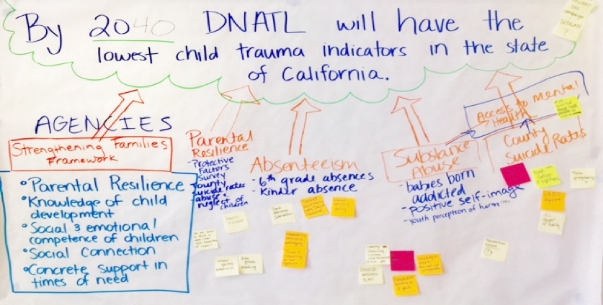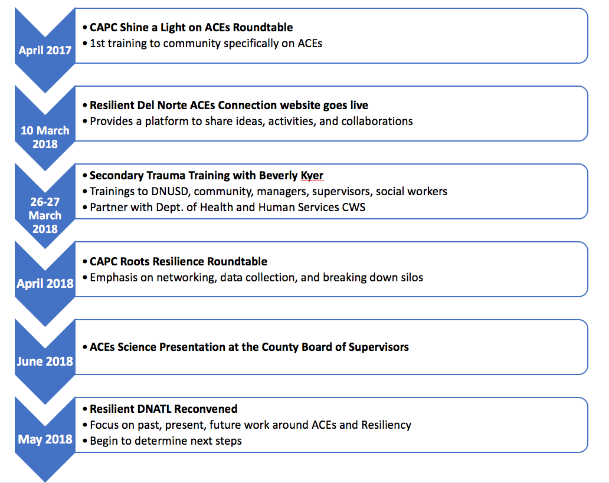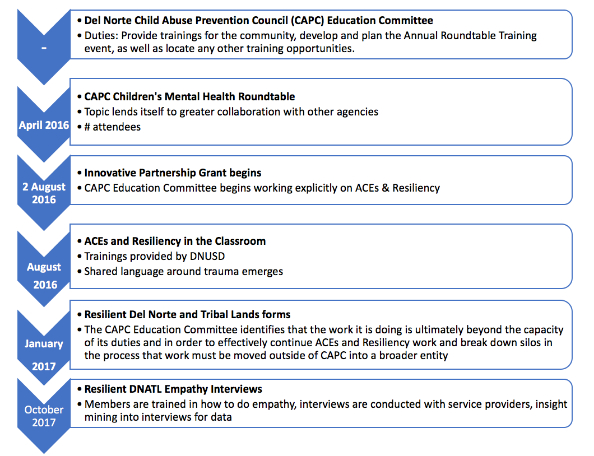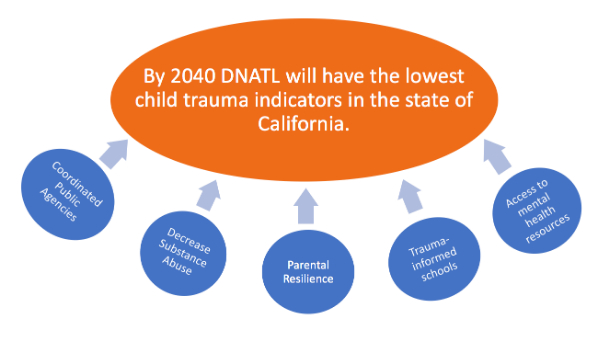Our goal: By 2040 Del Norte and Tribal Lands will have the lowest child trauma indicators in the state of California.

Del Norte and Tribal Lands currently has the highest rates of abuse and neglect reports in the state of California. We believe that one of the most important factors in improving the long-term health outcomes for our residents is improving access to prevention-focused and resilience- building resources.
By doing this we hope to create an environment where all people are able to lead successful and fulfilling lives. This coalition aims to develop a robust campaign with strategic initiatives to shift public resources toward prevention, healing and health.
Resilient Del Norte and Tribal Lands includes representatives from:
Building Healthy Communities
CASA Del Norte
Child Protective Services
Coastal Connections
Del Norte Child Care Council
Del Norte County Office of Education
Del Norte County Public Health Department
First 5 Del Norte
Kids 1st After School Program
Private health care providers
Tolowa Dee-Ni’ Nation’s Children and Family Services
United Indian Health Services (UIHS) – multiple sites/programs
A closer look
Life is full of intersections and traffic lights. Many young people see green lights: They have a path forward with clear direction for their future and the skills and support system to cope when challenges arise. Others see yellow or red lights: Each intersection full of barriers
and experiences that impact their lives. All of their energy is put towards just surviving each day. In Del Norte and Tribal lands we have more than 950 young people between the ages of 16 and 24 who are currently not in school or work.
WRCF, as the backbone for Building Healthy Communities, is investing in opportunities for youth to find meaningful connections to their peers, elders and their lifelong learning and career aspirations. Through a group of partners known as Resilient DNATL we are building the capacity of individuals, families and our systems to recover from trauma and adversity. Trauma is an underlying issue and when not addressed early, can lead to low literacy rates, low graduation rates and ultimately impact lifelong health.
The path so far



